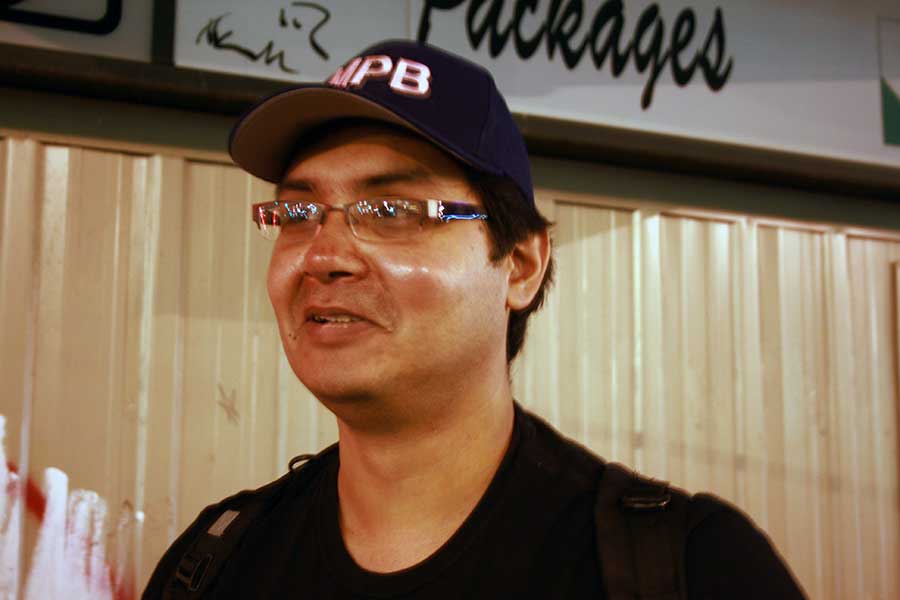Process
As artists, we arrive at the concept that the spirit of creation rises up from many sources. There may be spontaneity involved, or creation might be built from entering a laboratory space and brainstorming. That spirit of creation might demand conceptual, literal, emotional, or intellectual treatment/presentation. Wherever the idea(s) come(s) from, the process of realization might follow many streams of research; or the whole thing might open up encapsulated with all of its elements ready-to-go. Whatever the source or process, the majority of artists work to express something to an audience.
Following that premise, the artist, standing back, can look at a work in a series of phases. The work itself is completed, but the process does not end there. Arrangements must be made to exhibit, to present the work to be shared with a public or private audience.
It is a generally understood concept that sharing a completed proj- ect with an audience provides a sense of closure. The ‘opening’ or ‘vernissage’ can essentially serve as a closing. From showing work, sharing it with others, and putting it out there to get a response, an artist can begin to move on in new directions. The artist might clean the slate, and allow a new idea to develop into a project, or she/he might realize that she/he is only at the beginning of something. The re-generation of ideas can rise out of that public and peer interaction; the compulsion to swim deeper into that inspirational source can be directly related to dialogue with the audience. The completed project then rises up to become the tip of the iceberg, regeneration arrives in the form of continuation, reforming ideas, concepts, and materials.
From the standpoint of the artist, the time for completing and exhibiting work is crucial. Waiting too long for answers in the form of ac- ceptance from exhibiting agents can be stifling to the whole process. Some would argue that ‘survival of the fittest’ (or the most patient) steps in to play a valid service to the arts. Through discouragement over time, a process of elimination leaves only the most worthy, or the most connected, still standing. I am convinced that waiting too long to show can be an unhealthy and unnecessary stumbling block to individuals working through the creative process.
Projects and processes demand different audience demographics. One example is the project that is best laid out for presentation to a random audience and cannot wait past the expiry date of ‘con- temporary.’ A common factor in the creation process is the demand for some level of freedom and independence of movement. Following that demand, there are many cases when creation cannot wait for the approval of being granted an exhibition, or to receive sanctioned credibility to proceed within prescribed ‘laws of cultural development.’ Form follows function in the rise of alternate venues. While the Internet is an obvious new outlet for exhibitions, taking control of the exhibition space is not a new idea. Entrepreneurs of all descriptions have moved to create new venues whenever they have needed exposure. Artists taking control of exhibiting work – cutting the waiting time, cutting the red tape, and moving ahead in a pragmatic sense – is basic survival. The artist then becomes the alchemist, moving the cultural dynamic forward.
Valerie LeBlanc – Curator
December 2007
Calgary, AB
References:
Nicolas Bourriaud – Relational Aesthetics, les Presses du Reél, Dijon, France. (2002, English version, 1998 French version) Marcel Mauss – The Gift.
Levi-Strauss – Structural Anthropology.
The Happening – the term coined by Allan Kaprow, 1957.









